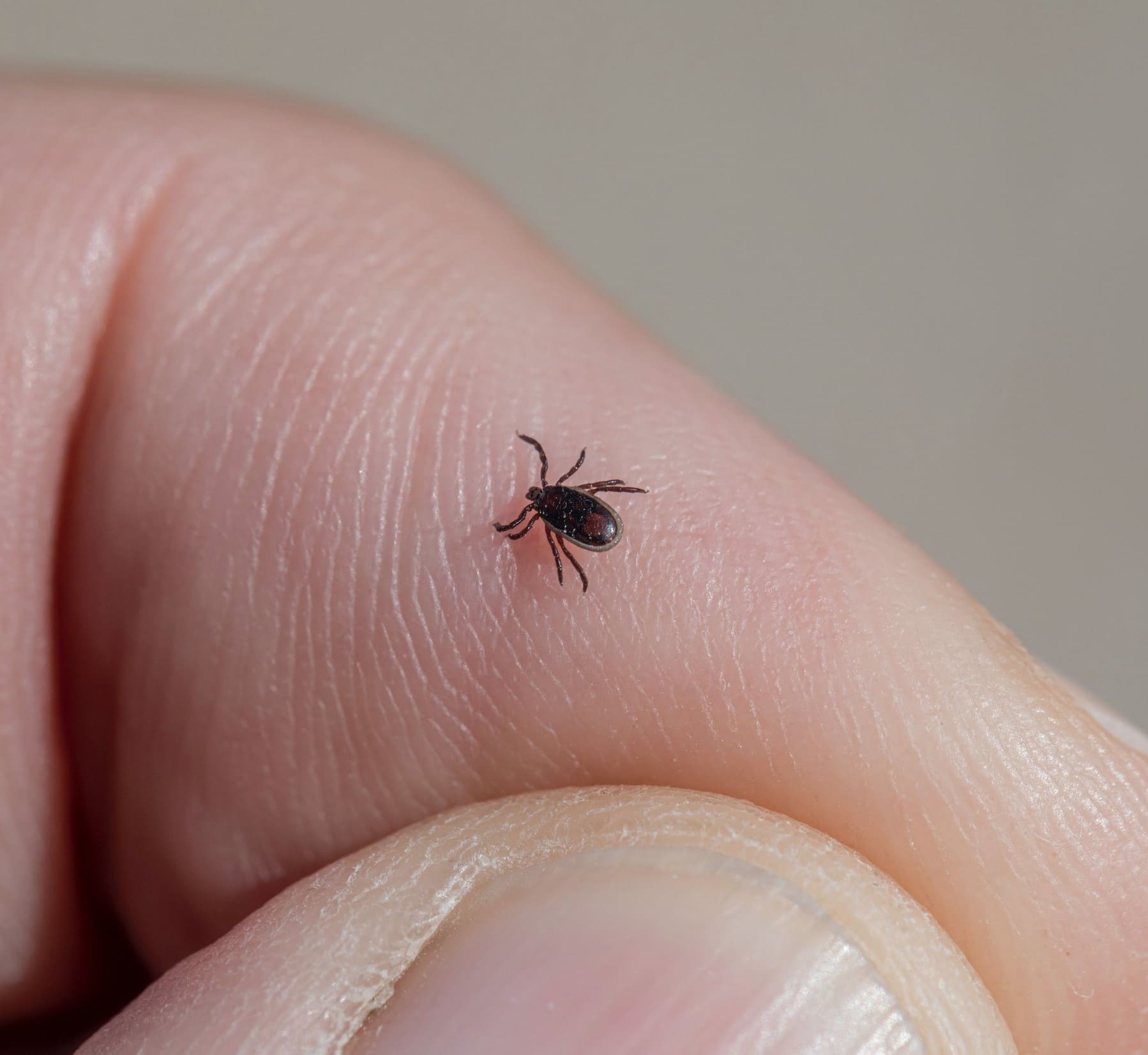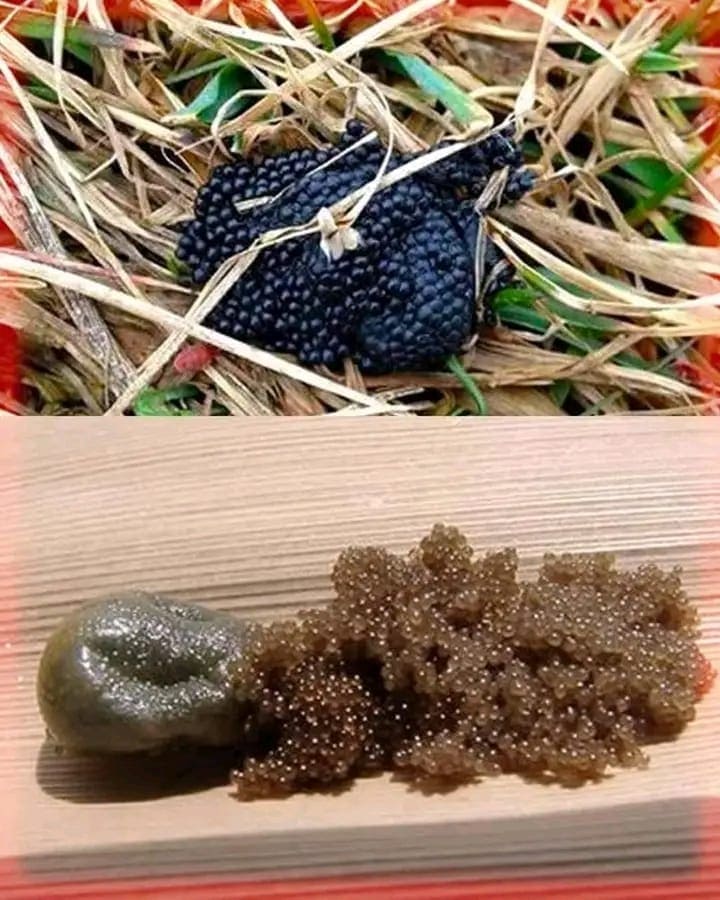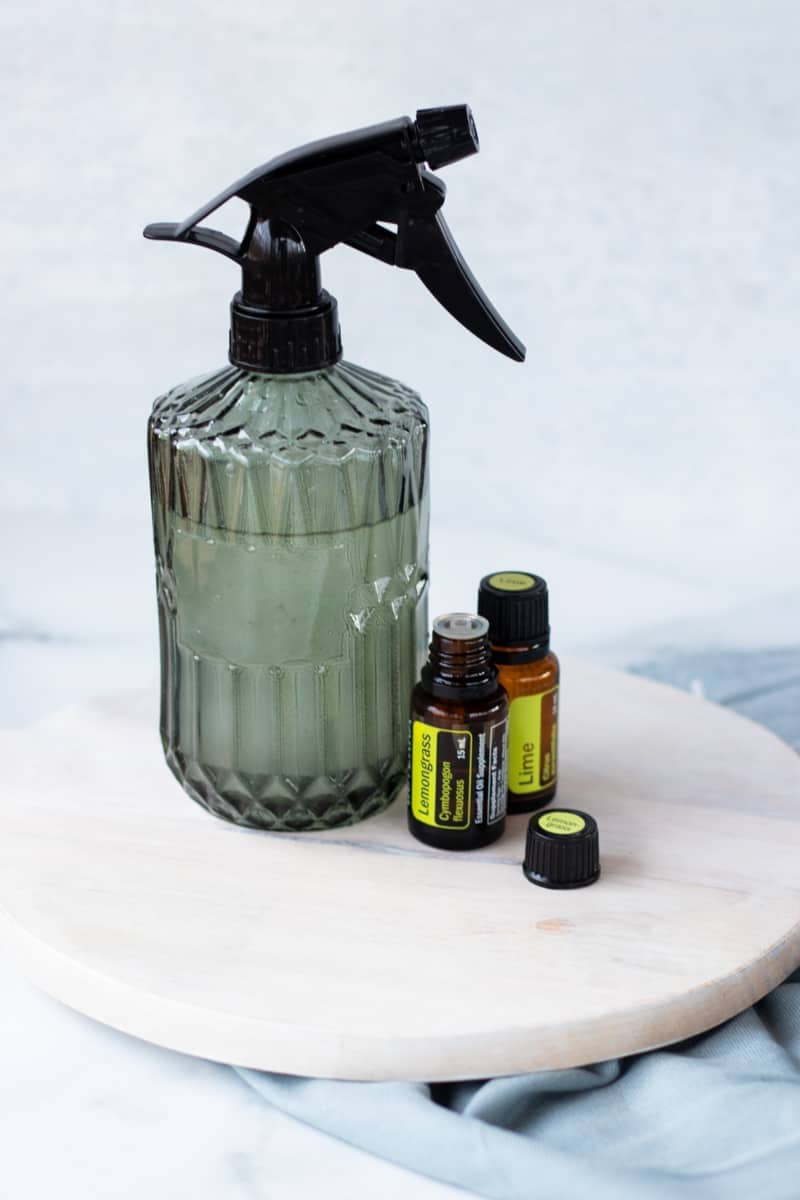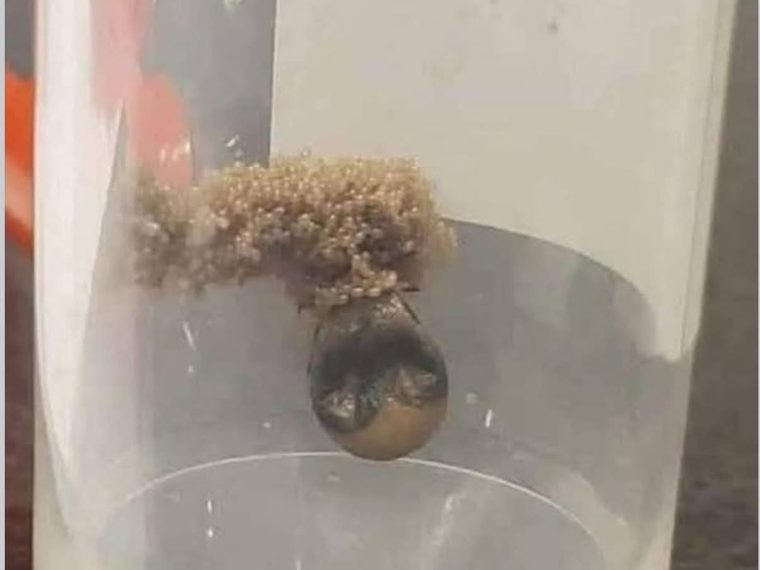If you’ve ever returned from the garden and found a tick clinging to your clothes or skin, you know how unsettling it feels.
Beyond the itchy discomfort, ticks can carry serious diseases like Lyme and ehrlichiosis and unfortunately, they’re just as comfortable in a suburban garden as they are in the forest. That’s why taking steps to keep them out of your yard is not only smart, it’s necessary.
The good news is that you don’t need to drench your plants or soil in harsh chemicals.
There are reliable, natural ways to make your garden less attractive to ticks and it starts with knowing where they thrive and how they move.
Why Ticks Are a Problem in Gardens

Ticks are clever little hitchhikers. They don’t jump or fly, but they crawl slowly and wait patiently on tall grass, brush, or leaf litter for a warm host to pass by.
Once they find you, a pet, or a wild animal, they climb aboard. Your garden becomes a hotspot when it offers shade, moisture, and a few cozy hiding places.
They also arrive courtesy of deer, rodents, birds, and raccoons, all of which might visit your space without you realizing it.
And one thing that’s often forgotten: a single female tick can lay thousands of eggs. She doesn’t even need to feed again first. Left undisturbed in mulch or at the base of a tree, that one tick could lead to hundreds of new ones in just a few weeks.
The Silent Threat: Tick Eggs and Dormancy
Here’s a detail many gardeners miss: ticks can survive without feeding for months. They can stay dormant in a container or in your garden until conditions are right.
One gardener shared how a tick laid eggs even after being in a sealed jar for weeks. That’s how resilient they are.

If you happen to see a clump of shiny, jelly-like spheres tucked into a corner of your yard or under mulch, it might be a tick nest.
Don’t brush it aside. Destroy it immediately with isopropyl alcohol or burn it safely. And always wear gloves as those tiny eggs hatch fast, and you don’t want them spreading.
5 Best Natural Ways to Deter Ticks
1. Keep the Landscape Dry and Trim

Ticks are moisture-loving creatures. They thrive in tall grass, under damp leaves, and in shady corners. Mowing your lawn regularly, especially along paths and fences, creates a dry environment they can’t tolerate.
You should rake up dead leaves, prune overhanging branches to let in sunlight, and clear out cluttered corners.
If your garden backs up to woods or untamed brush, consider creating a buffer zone using bark mulch, gravel, or wood chips.
Ticks don’t like to cross these dry, hot surfaces. It’s a simple change that can make a huge difference.
2. Use Tick-Repelling Plants

Herbs like lavender, rosemary, thyme, mint, and lemongrass are rich in oils that confuse or deter ticks. They work best when planted around the edges of garden beds, near patios, or along frequently used paths.
Not only do these herbs add fragrance and beauty to your yard, they also make it harder for ticks to find a comfortable home. Marigolds and chrysanthemums are also helpful additions, pretty to look at and hard on pests.

Materials Needed
- 1 cup of water
- 1/2 cup apple cider vinegar
- 10–15 drops of eucalyptus essential oil
- 10 drops of geranium or cedarwood essential oil (optional)
- A clean spray bottle (8-12 oz capacity)
- Funnel (optional)
Step-by-Step Guide
Step 1: Fill the spray bottle halfway with apple cider vinegar, then add the water. Now you shake gently to combine.
Step 2: Add your chosen essential oils. Eucalyptus is a must as ticks strongly dislike it. Geranium or cedarwood make great companions for added potency.
Step 3: Give the bottle a good shake before each use to make sure everything is well-blended.
Step 4: Lightly spray the mixture on your socks, pant legs, gloves, or gardening shoes before stepping into tick-prone areas.
Step 5: You can also mist garden benches, tool handles, fences, or the lower edges of garden beds, especially spots where you rest or kneel.
Just be cautious with essential oils around pets, especially cats, as their systems are more sensitive. And avoid spraying directly on delicate plants or edible greens, as the oils may cause slight leaf burn or flavor changes.
Smart Habits That Prevent Tick Encounters
Tick control doesn’t stop at the garden gate. What you do afterward matters too.
Make a habit of changing your clothes right after gardening, and check for ticks, especially around ankles, behind knees, waistbands, and necklines. Throw gardening clothes straight into the wash to keep any hitchhikers from spreading indoors.
After heavy rain or a warm week, check your yard again. Ticks often reappear during early fall, so don’t relax your guard too early in the season.
And remember, even if you find just one tick, it’s worth taking a closer look around. One female is all it takes to turn a quiet garden into a hatchery.
Frequently Asked Questions
Do ticks die off in winter?
Some do, but many survive by hiding in mulch, leaves, or soil. Warmer winters also mean more ticks survive until spring, so fall cleanup is important.
Can natural sprays replace all other tick prevention methods?
No, sprays are helpful but not a full solution. They work best when paired with good landscape hygiene and wildlife management.
Are ticks more active during certain times of year?
Yes, spring and early fall are peak times. But in mild climates, ticks can be active nearly year-round.
How soon after a bite should I see symptoms of disease?
Symptoms like fever, rash, or joint pain may appear within 3-30 days. Always remove ticks promptly and watch for signs of illness, especially if you suspect the tick was attached for several hours or more.





